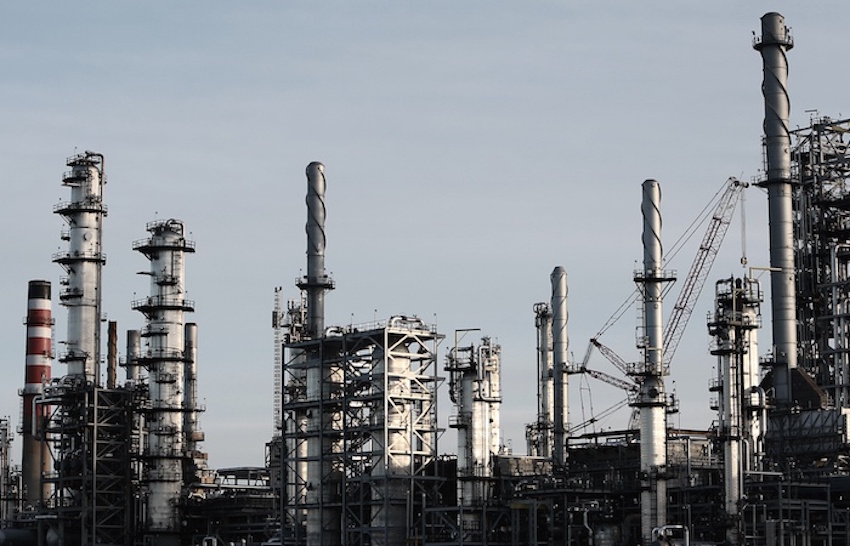
Differences in CO2 Removal Process
The purpose of both the amine and membrane methods is to produce natural gas that will meet minimum parts-per-million contamination specifications. Understanding the advantages of one conditioning solution versus the other requires a quick analysis of their differences and benefits.
Amine Technologies
Amine technologies (AT) require that the contaminants undergo a chemical change. In this process, crude natural gas is forced into an amine absorber (contactor), then the acidic CO2 in the crude gas bonds with the aqueous alkanolamine solution to form a dissolved salt. Afterwards, the pure natural gas flows out of a clean product valve, and the amine solution with the salt is led into a lean/rich exchanger that cleans the solution so it can be re-used.
Benefits of amine technologies include:
- Greater conditioning efficiency - Amine technologies can meet very low parts-per-million specifications.
Membrane Technologies
Membranes technologies (MT) do not require a change in the molecular structure of the contaminants. A membrane is analogous to a particle respirator. Inlet gas flows through the membrane when forced under a specified amount of pressure while the contaminants are trapped.
Benefits of membrane technologies:
- Less operator demand - The operation requirements and general maintenance of membrane technologies are less complex than ATs.
- Reduced delivery time - Membrane technologies produce higher quantities than amine technologies in the same amount of time.
- Faster and cheaper plant installation - Membrane technologies can be put in place as modular structures, meaning the installation time is considerably shorter than that of ATs, as well as less expensive.
- Lower energy consumption - It takes less power to operate MTs than ATs.
Overall, amine technologies produce cleaner natural gas and have lower operating costs, but are more expensive to construct and more difficult to operate. Amine technologies are also less environmentally friendly. Membrane technologies are easier to operate and produce more product faster, but the production costs are higher.
Hybrid Solutions
Gas conditioning companies have high success rates combining the two technologies, and can now eliminate the weaknesses of each while enhancing their benefits.
For more information regarding amine and membrane technologies, glycol or molecular sieves or hydrogen sulfide removal, contact us directly or fill out form below!